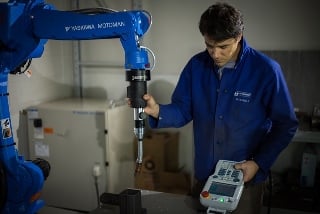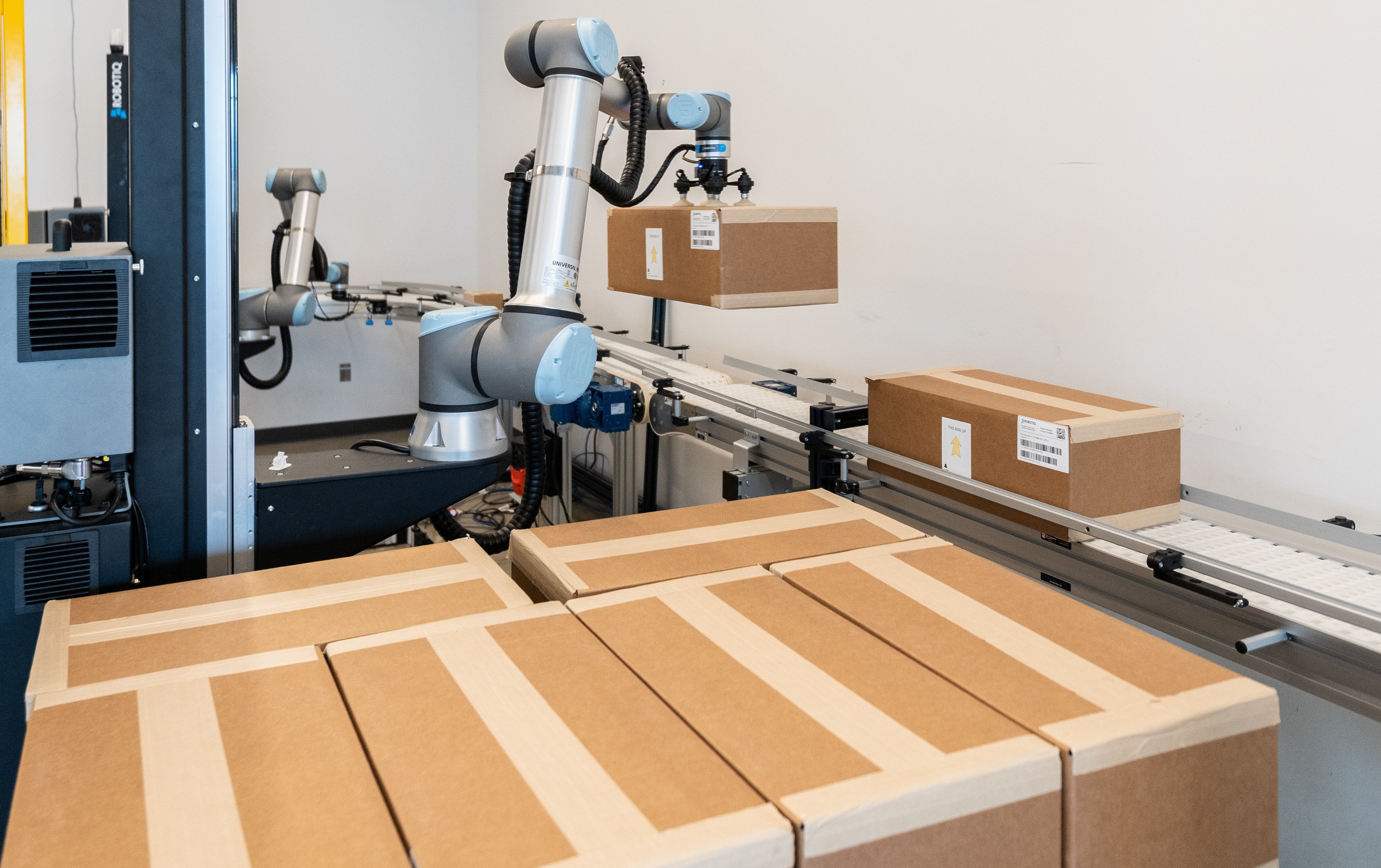Yaskawa Motoman Doesn't Have a Collaborative Robot... Wait, What?

Posted on Aug 31, 2015 11:53 AM. 3 min read time
I recently saw some statistics from Robotics and Automation News that really surprised me. In fact the study ranked the different robot brands in terms of active robots on a worldwide scale. Well what surprised me the most was the fact that the top robot manufacturer is not even manufacturing a collaborative robot. Although this market is really young, what could be stopping a large company like Yaskawa Motoman from getting into collaborative robots?
With a more than 300,000 active robot install base, Yaskawa Motoman is leading this ranking by a wide margin. In fact the second biggest robot manufacturer is Fanuc with 250,000 robots. By digging a little deeper into what Yaskawa is selling, I quickly realized that they have a bunch of robot models. In fact, with more than 100 different robots, they can cover a LOT of applications. From pick and place scara robots to specific robots for welding or painting, they’ve got them all. However, no collaborative robots?

Perhaps, we should clarify that what they don't have is power and force limited robots. In other words, none of their robot models is monitoring the external force applied by impact/objects. So they can perform applications that are considered 'collaborative' such as hand guiding, but these are not considered to be force limited. This part of the market is getting bigger and bigger each year because collaborative robots have easy integration, easy programming, safe use, fast ROI and space saving geometry. So what gives?
My guess is that Yaskawa has decided to remain focused on the heavy industrial applications (like automotive) that it obviously does well and does not have time or money to invest in the collaborative robot market especially considering that it has a piddly 5,000 active robots worldwide.
And as our friend Erik Nieves from Yaskawa Motoman explains in the following video, why would you need a force limited robot when you can have a robot that is capable of doing collaborative application using speed and separation monitoring. In fact, the ultimate goal is that you don't want the robot to hit anyone, you want it to work as fast as it can and slow down and eventually stop when a worker comes too close. However, speed and separation monitoring is not the reality of all companies. Some will need smaller force limited robots to achieve special applications that require close collaboration with humans.
In any case, the question remains, Why isn’t Yaskawa manufacturing force limited robots ? Why has Fanuc designed a force limited robot while Yaskawa has kept with its traditional markets. Well, maybe we could say Fanuc simply had an idea that was unconventional with regards to the present market and went with it. Creating a force limited robot with a payload of 35 kg was a great idea, because nobody was doing it. So instead of starting from scratch with a different robot concept, they simply put a sensitive cover on the top of an existing robot and BOOM their innovative collaborative robot was born. So, will Yaskawa develop a technology like this, who knows, but that would be the fastest way to convert some robot models into collaborative robots. And it would make them available for those applications which are not conducive to speed and separation monitoring as a mechanism for robot and/or application safety. With a bunch of plants already using Yaskawa robot, it would be a great move to add force limited robots similar to CR-35iA to their product line. So, they can fit these robots into automotive plants for example.








Leave a comment